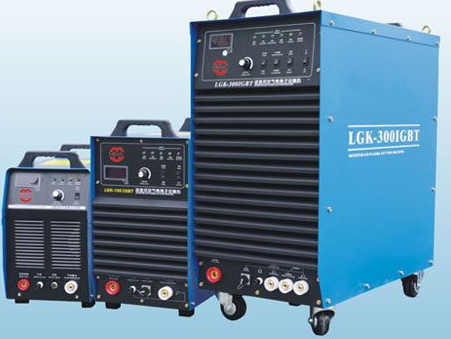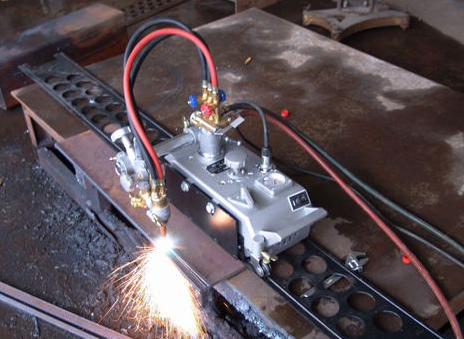When it comes to industrial cutting, the choice between plasma cutting and flame cutting systems can significantly impact efficiency, cost, and precision. Both methods are widely used across various industries, but each has its own set of advantages and limitations. This article will explore the key differences between plasma and flame cutting systems, helping you decide which one suits your specific needs.
What is a Plasma Cutting System?
Plasma cutting systems utilize electrically ionized gas, or plasma, to cut through metals. The plasma torch produces an arc that reaches extremely high temperatures, melting the metal and blowing it away with a jet of gas. This process is especially useful for cutting conductive metals such as steel, stainless steel, aluminum, and copper.
The plasma cutting system is known for its high-speed cutting capabilities and superior precision, making it ideal for applications that require intricate shapes and smaller tolerances. It can cut through metals of various thicknesses and is often used in automotive repair, metal fabrication, and construction.

Plasma Cutting Machine
What is a Flame Cutting System?
Flame cutting, also known as oxy-fuel cutting, is a process where oxygen and a fuel gas such as acetylene are combined to create a flame hot enough to melt and burn through metals, particularly carbon steel. The oxygen acts as an oxidizing agent, which helps in breaking down the metal during the cutting process.
Flame cutting systems are highly effective for thicker materials and are commonly used in industries such as shipbuilding, construction, and steel fabrication. However, flame cutting is primarily limited to cutting carbon steel, as other metals like aluminum and stainless steel are not easily cut using this method.

Portable Flame Cutting Machine
Key Differences Between Plasma and Flame Cutting
Both plasma and flame cutting systems have their advantages depending on the material and the required cutting precision. Below are some key differences between the two:
Material Compatibility: Plasma cutting works well on conductive metals like aluminum, steel, and stainless steel. Flame cutting is more limited to carbon steel due to the oxidation process.
Thickness of Material: Flame cutting excels at cutting thicker materials, often over 1 inch in thickness. Plasma cutting, while effective on thick materials, is better suited for thinner metals up to 1 inch.
Cutting Speed: Plasma cutting offers faster speeds, particularly for thinner materials. Flame cutting is slower, especially when cutting very thick materials.
Precision: Plasma cutting provides a much more precise and cleaner cut compared to flame cutting, which may produce rougher edges that require additional finishing work.
Portability: Flame cutting systems are often more portable, requiring just a gas tank and torch setup. Plasma cutting systems require an electrical power source in addition to the plasma torch, making them slightly less portable.
Advantages of Plasma Cutting
Plasma cutting systems are favored for their versatility and precision. The key advantages include:
High precision and clean cuts: Plasma systems produce very little dross, minimizing the need for post-cut clean-up.
Faster cutting speeds: Plasma is significantly faster when working with thinner materials, reducing production time.
Ability to cut multiple types of metal: Plasma cutting works on a wide variety of conductive metals, unlike flame cutting, which is mostly limited to carbon steel.
Advantages of Flame Cutting
Flame cutting offers unique benefits, especially for industries dealing with heavy-duty materials. Key advantages include:
Cost-effectiveness for thick materials: Flame cutting is more economical when cutting thick carbon steel, making it ideal for industries that require heavy-duty work.
Portability: The equipment is relatively simple and portable, making it easy to use on job sites without needing an electrical power source.
Questions and Answers
Which cutting method is more affordable?
Flame cutting tends to be more affordable for thick carbon steel because the equipment is less expensive and fuel costs are lower than the electrical consumption of plasma cutting. However, for thinner metals or materials that plasma can cut faster, plasma cutting may offer better long-term savings due to reduced labor costs.
Can plasma cutting be used on any type of metal?
No, plasma cutting is specifically designed for electrically conductive metals, such as steel, stainless steel, aluminum, and copper. It will not work on non-conductive materials.
Is flame cutting suitable for precision work?
Flame cutting is not ideal for high-precision work. Plasma cutting is a better option when accuracy and clean edges are required, especially for thinner materials.







